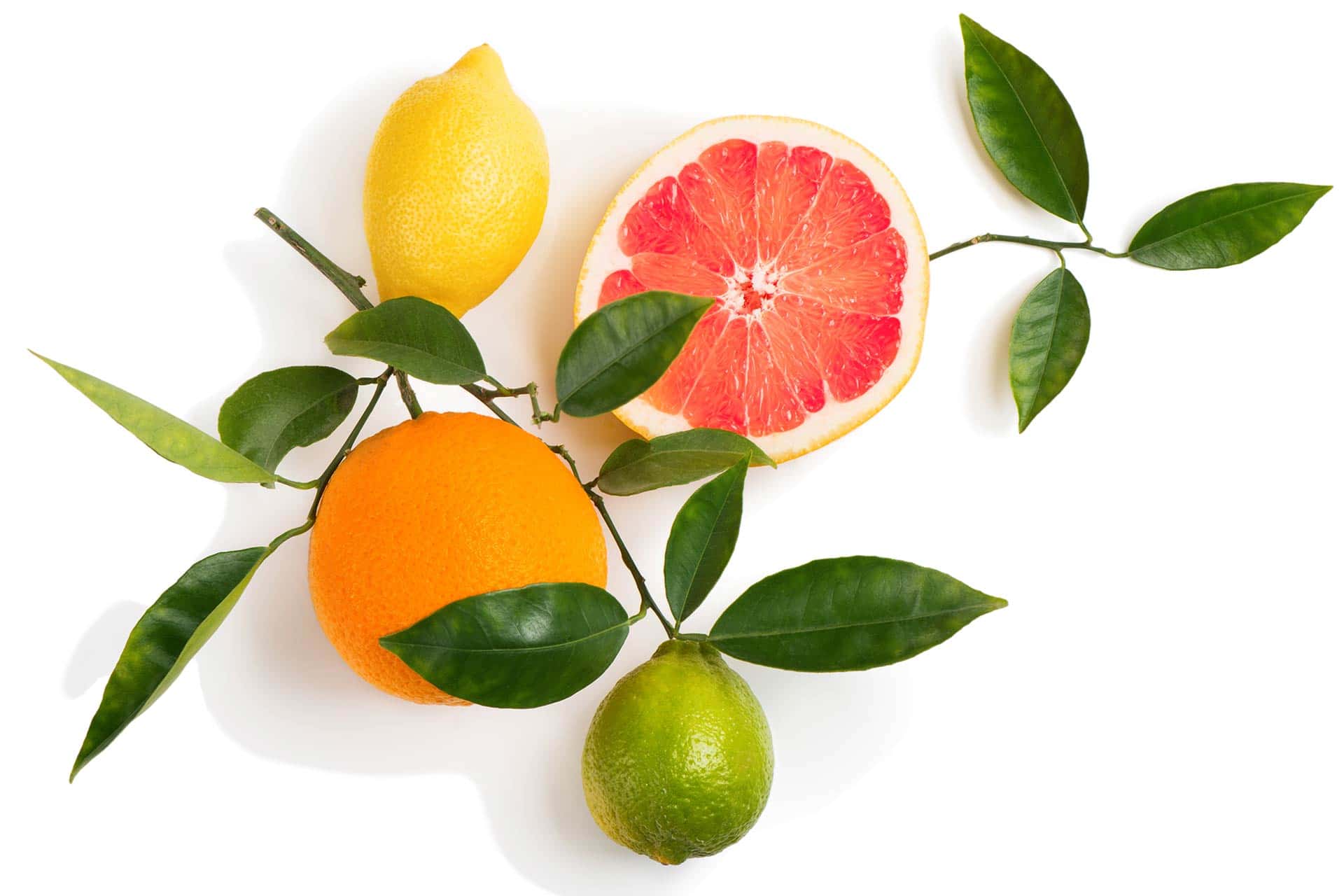The indica vs. sativa debate rages on despite new (and better) strain selection methods.
Many budtenders (and consumers) still rely on indica vs. sativa when helping customers find the ideal strain. For years this worked, but as our overall cannabis knowledge expands, we’ve learned there are better ways to help customers predict their high.
Terpenes, for example, are a better indicator of the impact a particular strain has on the consumer.
But old habits die hard, and the majority of budtenders and cannabis consumers haven’t gotten the terpenes memo. Indica and sativa prevail because that’s how customers are trained to think about cannabis.
Still, terpenes are slowly entering the cannabis consumer’s vocabulary, and this is where we’ve found confusion in Lightshade’s dispensaries. Our goal is to provide overall cannabis education to consumers (and budtenders). This includes guiding them to the perfect strain for their needs or mood.
Our “balance” categorization system is designed to help customers break out of the indica vs. sativa debate. We use four categories to simplify the strain selection process for customers: Enliven, Inspire, Calm, and Rest. Our budtenders are trained to guide consumers to the right strain based on the way they want to feel, or their daily plans.
It seems simple, right? It’s not.
Consumers, accustomed to selecting cannabis based on indica, sativa, or hybrid, aren’t always interested in deviating from the tried and true. Our eager-to-please budtenders often bend to the will of customers and abandon the balance spectrum to avoid confusion.
As terpenes force their way into the cannabis lexicon, however, the conversation grows difficult. A slightly educated customer, or a new cannabis consumer who has spent hours googling ahead of their first dispensary visit, walk into our stores perplexed after absorbing content with conflicting philosophies.
Still, we (and you) must stay the course. It’s easy to forget that the legal cannabis industry is in its infancy, and it’s going to take time to change the conversation.
Budtenders are the key to consumer education.
Every industry professional knows that budtenders are always the first line in a cannabis dispensary. Your brand’s reputation is in their hands. Budtenders are responsible for providing the kind of outstanding service that has customers shouting your dispensary name from rooftops.
You’d be remiss, however, to think that the budtender’s responsibility ends at giving excellent customer service. Arguably, the most critical role your budtenders play is providing customers with the knowledge to help them make an informed purchase. Legal cannabis is still a fresh idea for consumers, and many never touched it because of its prohibition.
Your budtenders must embrace their role as teachers and provide at least a basic level of education. Slowing the process down might be difficult, but the result is a well-informed customer who walks out of the dispensary with precisely what they are looking for.
And helping customers understand terpenes is a crucial aspect of cannabis education.
 What’s the deal with terpenes?
What’s the deal with terpenes?
Terpenes are the fragrant oils that give a strain its signature aroma and serve as a blueprint for the way cannabis impacts the consumer. And terpenes are all around us – not just in cannabis. They are found in a variety of plants and even a handful of insects. In the world of plants, terpenes offer protection by emanating pungent flavors and aromas to repel herbivores and attract predators.
Consumers are used to selecting strains based on potency levels of CBD and THC, and that’s okay. But, as we now know, there’s more to cannabis than these two compounds. With terpenes as a guide, budtenders can provide a more accurate representation of how a strain will affect its consumer.
It’s also important to understand that indica and sativa are descriptors of cannabis plant species, distinguished by appearance. The terms aren’t reflective of the therapeutic qualities inherent to a strain. Consumers also need to understand that there are few true sativa’s and indica’s. Most of today’s strains are hybrids that lean one way or the other.
Terpenes interact with cannabis compounds in a way that produces the unique characteristic of each strain. Understanding terpenes and their associated therapeutic properties enable budtenders (and consumers) to gain insight into specific cannabis compounds that create the desired effects. If a customer identifies a strain that meets their needs, we can look closely at its terpene profile and find strains that share similar characteristics.
Stay the course.
Most cannabis consumers are in the habit of identifying strains by indica and sativa, but people can adapt. With consistency, education, patience, and, most importantly, time, consumers, and the industry as a whole will move past indica vs. sativa debate.

 What’s the deal with terpenes?
What’s the deal with terpenes?